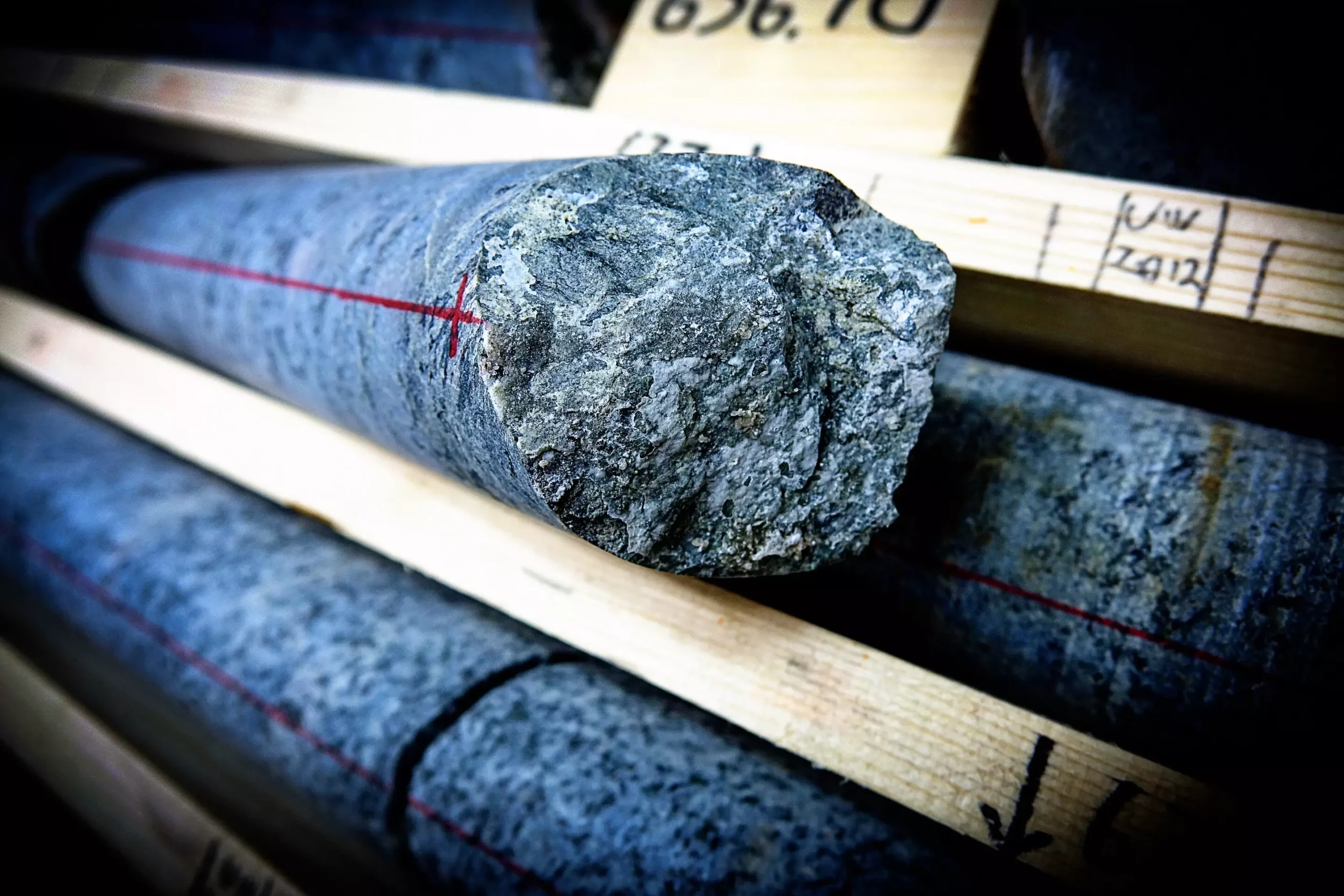Recent findings have uncovered fascinating insights into the ancient microbial life that thrived deep within the fractured bedrock of Greenland approximately 75 million years ago. This study, published in the prestigious journal *Geochemistry, Geophysics, Geosystems*, highlights a dimly lit realm known as the deep biosphere—a habitat entirely devoid of sunlight and, at times, even dissolved oxygen. Here, microorganisms have reportedly persevered for eons, revealing an enigmatic tale of life’s tenacity in extreme conditions. Despite these revelations, questions regarding the duration of life in such depths and the expansiveness of these microbial ecosystems linger, largely due to our rudimentary explorations into this largely unknown territory.
In an effort to peel back the layers of mystery surrounding the deep biosphere, researchers recently undertook rigorous drilling operations in the bedrock beneath Denmark’s iconic ice sheet. Their exploratory trek ventured hundreds of meters into the Earth, where they discovered minerals lining the fractures of the bedrock—geochemical archives that may hold the key to understanding ancient life forms. According to Henrik Drake, Associate Professor at Linnaeus University in Sweden and the principal investigator of the study, the high-resolution geochronology employed to analyze calcium carbonate deposits allowed researchers to ascertain the ages of these minerals, pinpointing them at between 64 and 75 million years.
These findings are not mere footnotes in geological history; they coincide with significant tectonic activities linked to the early formation of the Atlantic Ocean and the Labrador Sea. The insights suggest that as tectonic movements altered the landscape, they simultaneously set the stage for microbial colonization of deep fracture networks in Greenland. The interplay between geological shifts and biological presence reveals that the dynamics of tectonics not only shaped the Earth’s surface but also influenced life’s ability to adapt and thrive in inhospitable conditions.
Drake elucidates the notable findings, likening them to chemical fingerprints that substantiate the existence of life in the hostile deep biosphere. Notably, the researchers identified biological traces embedded within calcium carbonate crystals, specifically bacterial fatty acids that stood as testament to microbial activity long past. Moreover, the analyses of different sulfur isotopes in minerals formed within these fractured rocks unveiled additional layers of complexity regarding the microbial communities that once inhabited this subterranean environment.
This groundbreaking research not only enriches our understanding of the deep biosphere but also paints a vivid picture of Earth’s biological history. As we piece together the existence of hardy microorganisms that flourished under extreme conditions, we are reminded of the resilience of life. These tiny organisms are not just remnants of the past; they illuminate profound questions about evolution and the adaptability of life in unforgiving habitats. As more explorations are conducted, we may continue to unravel the mysteries of the deep biosphere, revealing the interconnectedness of geological processes and microbial ecosystems in ways previously unimagined.


Leave a Reply